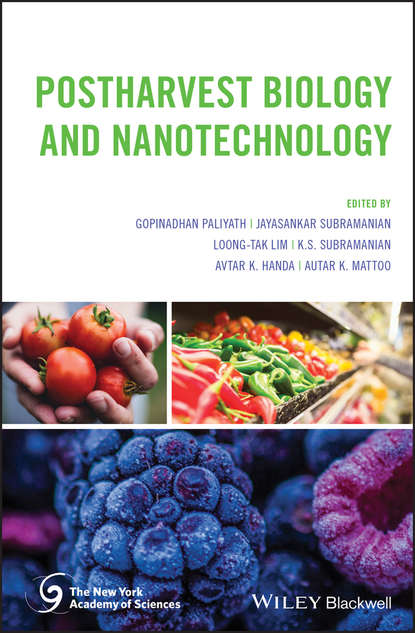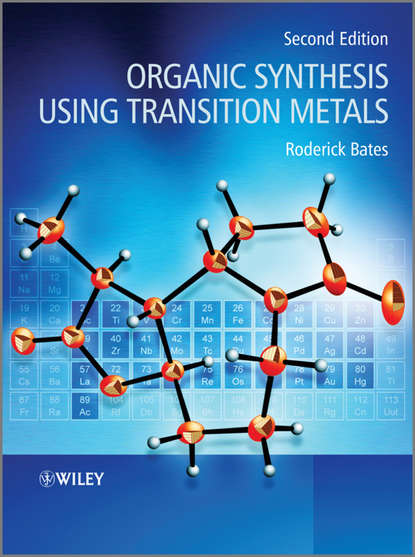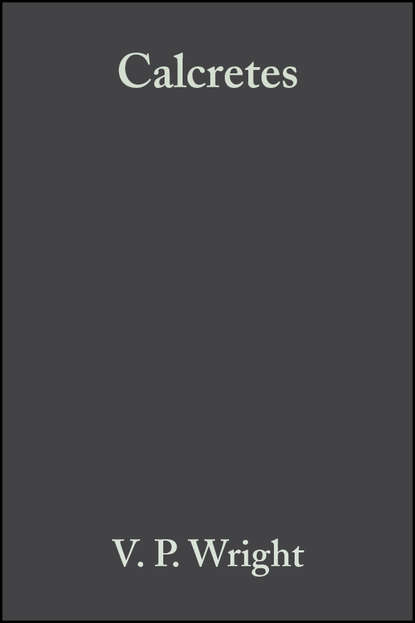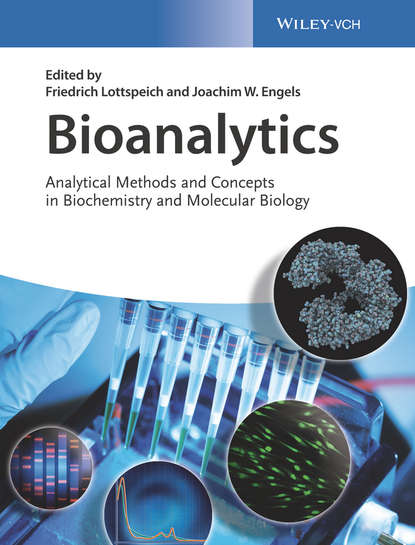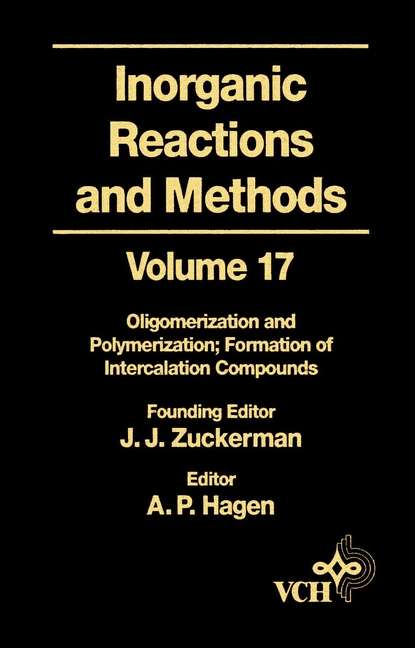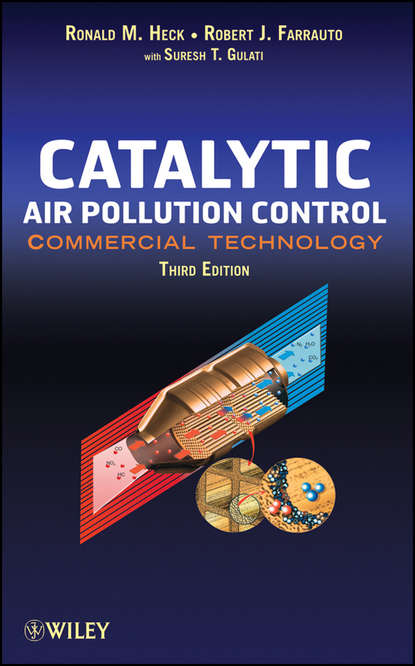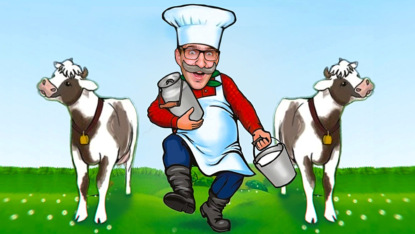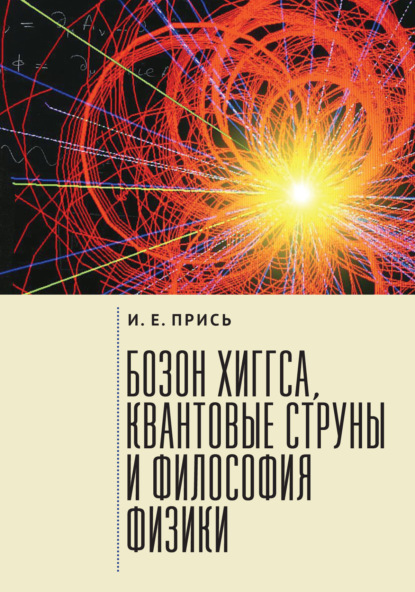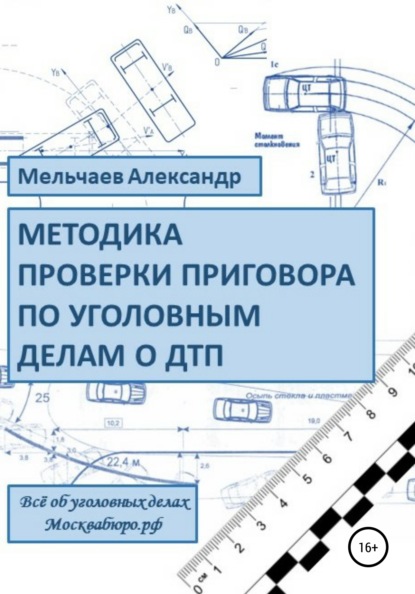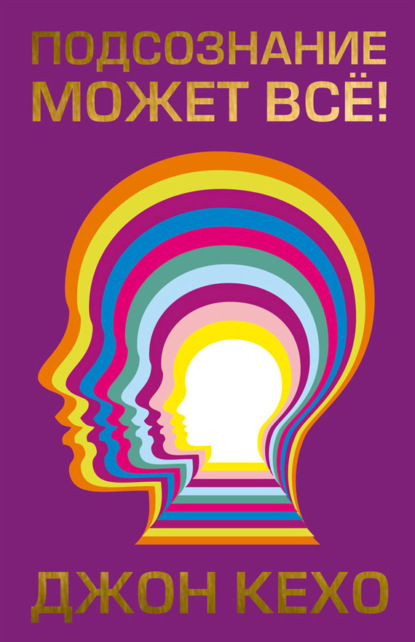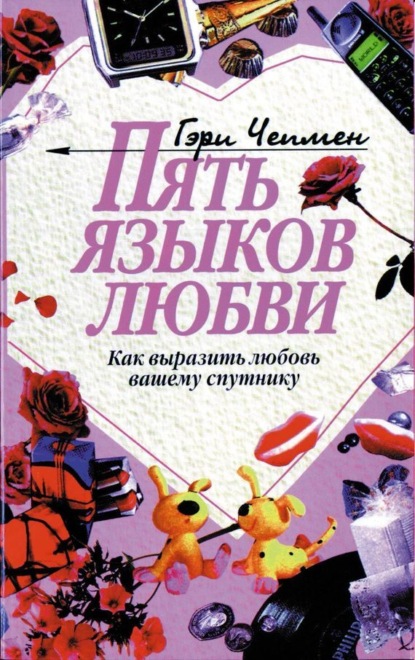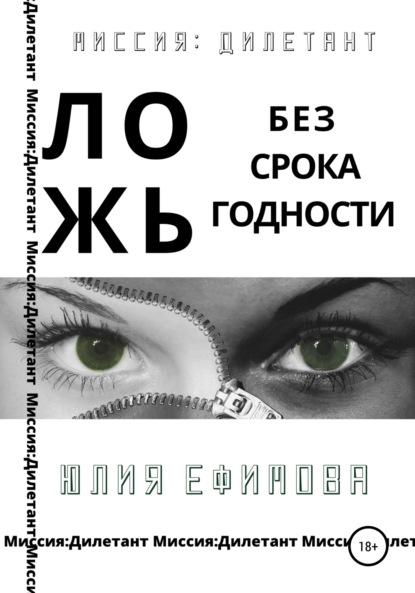Книга “Postharvest Biology and Nanotechnology” авторства Loong-Tak Lim является всеобъемлющим введением в физиологию, биохимию и молекулярную биологию роста продукции, а также в самые современные технологические достижения в области сохранения продукции. Пересмотренное и обновленное второе издание книги “Postharvest Biology и Nanotechnology” рассматривает последние разработки в области биологии после сбора урожая и нанотехнологий. С момента публикации первого издания было достигнуто более глубокое понимание развития физиологии, биохимии и молекулярной биологии на ранних стадиях роста, созревания и послеуборочных условий. Авторы - известные эксперты в этой области - анализируют улучшенные технологии, которые поддерживают срок хранения и качество фруктов, овощей и цветов. Второе издание содержит новые стратегии, которые можно применять для решения проблем продовольственной безопасности, включая, но не ограничиваясь фосфолипазой D ингибирующей технологией и этиленовой ингибирующей технологией с помощью 1-МСР. Текст предлагает введение в технологии, используемые в производственных практиках и распределении продукции по всему миру, а также
If you are unfamiliar with the book, here's a description: This comprehensive introduction to postharvest physiology, bio-chemistry, protein bi-ology, and cutting edge technological advancements related to produce maintenance, presents the second edition and an update of 'Postharvest Biology & Nanotechnology'.
The update explores the latest changes witnessed in the fields of postharvest bioogy and nanotehnollogy since the original edition was written. With this edition, we now have a better understanding of developemental physiology, biochmistry, and protein biochemistry in regards tob earl growth, maturity, ripeness, and after harvesting conditions. Expert contributors provide updated reviews on the technical systems that enharnce the longevity and quality of both fruits and vegetable,s which have recently emerged. Having clever new technolgical solutions that boost food safety is taken into consideration, such as phospholipidase prohibition technology. Furthermore, another stimulating method applied to limit ethylene emissions through 1-Chloropropene (1-CP) technology is covered. The textbook offers a detailed breakdown of productive practice applications a crop around the planet, in terms of enséesence at both the molecular and bio-chemical levels. Readers will also appreciate the exploration of various arell stock values, rigorous qualitative evaluation standards, and prevalant nanotechnological applications in place. As vital content: Expands its outlook to its predecessor to delve into postharvest biological concerns with an emphasis on occurrences involving nanotechncical developments, Explains in depth the inputs from leading professionals in the sector, Exposes updated circumstances seen in the aftermath research biology and engineering, Includes mentipulations reached by phospholipdase D technology as well a breakthroughs observed in connection to 1-Provphane (1-CL) application, Places an emphassis on connecting basic science to technical application and practical use, Develops an approach that applies physiology, bio genetic setting, and bio engineering to the topic. Laboratons and researchers in agricultural sciences, agronomic researchers, who design farm based systems, engineering networks, food soecialists who handle fruits and greaces, will bve pleased with ths second edition. It presents a well-rounded overview of this issue with a fondness in basic scientific principles explored along with the evolution of technical fundamentals and pragmatic implementations.
Электронная Книга «Postharvest Biology and Nanotechnology» написана автором Loong-Tak Lim в году.
Минимальный возраст читателя: 0
Язык: Английский
ISBN: 9781119289456
Описание книги от Loong-Tak Lim
A comprehensive introduction to the physiology, biochemistry, and molecular biology of produce growth, paired with cutting-edge technological advances in produce preservation Revised and updated, the second edition of Postharvest Biology and Nanotechnology explores the most recent developments in postharvest biology and nanotechnology. Since the publication of the first edition, there has been an increased understanding of the developmental physiology, biochemistry, and molecular biology during early growth, maturation, ripening, and postharvest conditions. The contributors—noted experts in the field—review the improved technologies that maintain the shelf life and quality of fruits, vegetables, and flowers. This second edition contains new strategies that can be implemented to remedy food security issues, including but not limited to phospholipase D inhibition technology and ethylene inhibition via 1-MCP technology. The text offers an introduction to technologies used in production practices and distribution of produce around the world, as well as the process of sencescence on a molecular and biochemical level. The book also explores the postharvest value chain for various produce, quality evaluation techniques, and the most current nanotechnology applications. This important resource: • Expands on the first edition to explore in-depth postharvest biology with emphasis on developments in nanotechnology • Contains contributions from leaders in the field • Includes the most recent advances in postharvest biology and technology, including but not limited to phospholipase D and 1-MCP technology • Puts the focus on basic science as well as technology and practical applications • Applies a physiology, biochemistry, and biotechnology approach to the subject Written for crop science researchers and professionals, horticultural researchers, agricultural engineers, food scientists working with fruits and vegetables, Postharvest Biology and Nanotechnology, Second Edition provides a comprehensive introduction to this subject, with a grounding in the basic science with the technology and practical applications.
